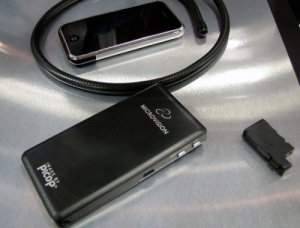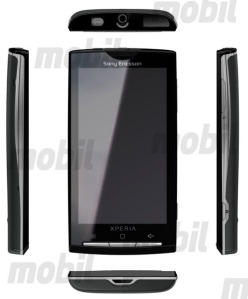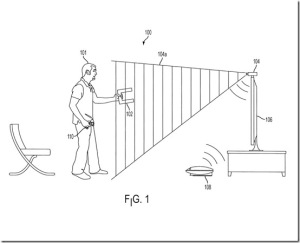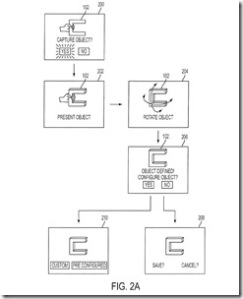
Technology sites and Apple forums have been indundated with comments about the new model overheating and becoming discoloured since it was launched on June 19. Some iPhone users have complained that the device has become too hot to hold to the ear during long calls while others have noticed that the white 32GB model has turned pink after overheating. In a warning posted on one of the California computer maker’s support knowledge base sites, Apple says that users should not leave their phones in a car where temperatures can exceed the -20C to 45C range that the iPhone 3G and iPhone 3GS models were designed to function in.
Apple says in the support article that “if the interior temperature of the device exceeds normal operating temperatures, you may experience the following as it attempts to regulate its temperature: the device stops charging, display dims, and/or weak cellular signal”.
In its message, Apple says that the iPhone has a safety feature which warns users that the device is becoming too hot. As well as leaving the handset in a car, it says that the phone may overheat when left in direct sunlight for prolonged periods, when GPS tracking is used in a car on a hot day or when its iPod function is used in direct sunlight. If the warning appears, Apple says that users of the iPhone should turn the device off and allow it to cool before using it.
iPhone 3GS users on Mac forums complain, however, that the handset becomes hot when it is not being used in a car. In a posting on the macrumors.com forum, one user complained that using the new device’s video recording feature had caused it to overheat while another complained that after carrying his phone in a backpack, it got so hot that the plastic case became distorted with tiny bumps.(Telegraph)
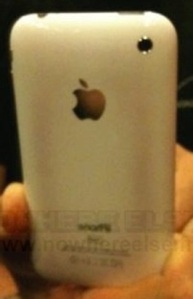
A small number of iPhone 3GS owners have also reported browning of their handsets presumably due to overheating. However, a report suggests the problem is tied to third-party cases.
iPhone blog FrenchiPhone cites an Apple technician who laid blame at the covers of some iPhone 3GS units.
“After numerous calls to Apple technical service and maintenance of contact with a level 3 (engineer) the problem seems to come not from a hot 3GS but contact with some covers!” FrenchiPhone reports. “This was evident by ourselves on a device with a small sticker (a warning not to listen to music too loud) remained stuck, part of the hull below remained white.”
According to FrenchiPhone, the discoloration can be resolved by wiping the back of the iPhone with alcohol.
Last week, Aaron Vronko of Rapid Repair, which performs teardowns of iPhones and iPods, told Wired.com that discoloration is likely due to overheating — an issue related to faulty battery cells. He noted that the browning reveals the outline of the battery. FrenchiPhone’s report suggests the discoloration is not due to high temperature of the iPhone. But there is still a possibility that some iPhones are overheating and the browning is a symptom only for hot iPhones with certain cases.
If FrenchiPhone’s source is accurate, it still remains unclear which iPhone cases are affected and how they can be identified. Apple has not issued an official statement regarding iPhone discoloration or overheating.
Several customers insist there’s an issue with the iPhone 3GS’s heat. Eleven readers e-mailed Wired.com reporting their iPhones are reaching oddly high temperatures.
“Whenever I browse internet using 3G the phone starts to get hotter and hotter to the point of being uncomfortable holding it,” said Jesus Arenas, who recently upgraded from an iPhone 3G to the new iPhone 3GS.
Arenas and several other readers noted, however, that the new iPhone 3.0 operating system seems to make even the previous iPhone 3G run hotter than it did on the earlier iPhone 2.0 OS. That would suggest the issue is with power management, which can be fixed with a software update. (Wired)





